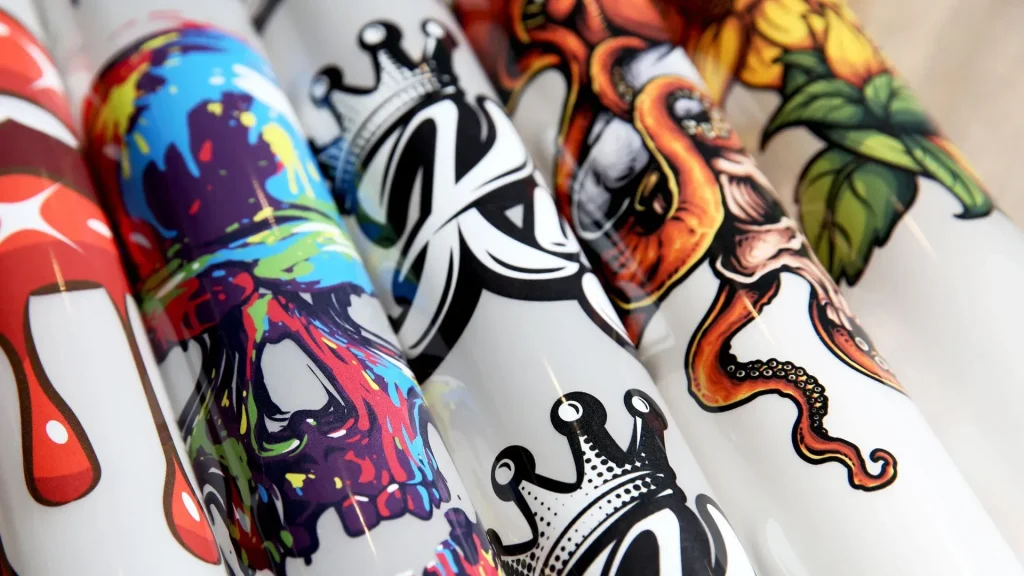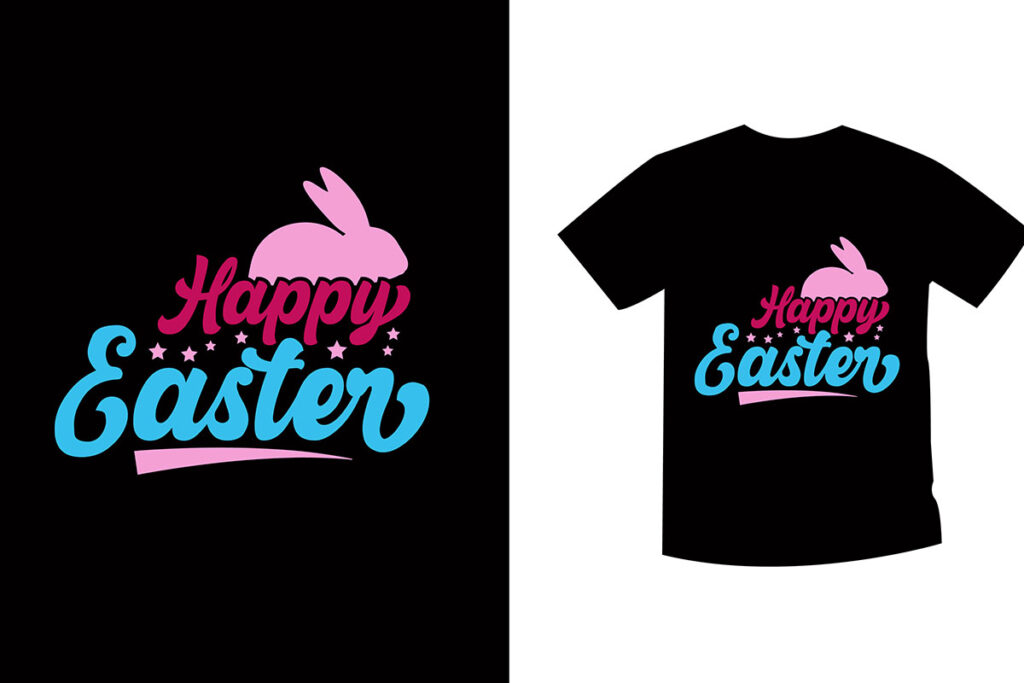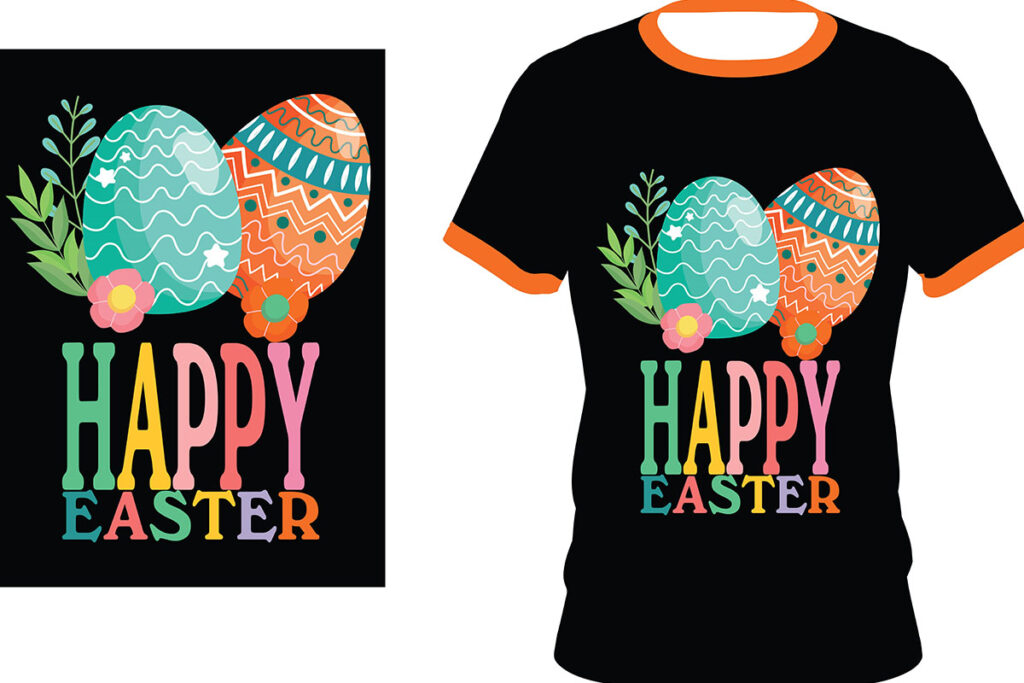DTF transfers, or Direct-to-Film transfers, are revolutionizing the world of custom textile printing. This innovative method allows for high-resolution images to be printed onto a flexible film before being transferred to various fabrics, enabling stunning detail and vibrant colors with every design. As digital printing continues to evolve, DTF has emerged as a favored technique among businesses and DIY enthusiasts, thanks to its ability to produce eye-catching results quickly and efficiently. However, just like any other technology, DTF transfers come with both benefits and drawbacks that should be carefully evaluated. In this article, we will delve into the essential aspects of DTF transfers, helping you discern whether this cutting-edge printing method is the right fit for your textile needs.
Exploring alternative terms, DTF printing represents a modern approach in the textile printing landscape, where designs are intricately applied to fabrics through a unique transfer process. Known as Direct-to-Film printing, this method exemplifies the seamless integration of digital printing technology with traditional fabric applications, resulting in highly customizable and durable products. As the demand for bespoke textile solutions grows, understanding the advantages of digital film transfers becomes increasingly relevant for brands and individual creators alike. With various applications ranging from clothing to home decor, the versatility of this innovative printing technique positions it as a game-changer in the industry. In the following sections, we will explore the implications, benefits, and limitations associated with this notable printing advancement.
Understanding DTF Transfers and Their Process
DTF transfers, or Direct-to-Film transfers, represent a cutting-edge approach in the world of textile printing. The process involves printing a design onto a specialized film using advanced digital printing technology. This film is then coated with a particular adhesive, allowing it to bond to a variety of fabric types when heat and pressure are applied. This method not only ensures that the prints are vibrant and lifelike but also simplifies the workflow, making it an ideal choice for those looking to produce high-quality custom transfers in less time.
The versatility of DTF transfers is particularly notable; they can be used on both natural and synthetic fabrics, from cotton tees to polyester blends. This flexibility opens doors for businesses to diversify their product lines without investing heavily into additional equipment or materials. Furthermore, as the demand for personalized textile products rises, understanding the DTF transfer process becomes essential for businesses looking to thrive in the competitive market of custom textile printing.
The Advantages of DTF Printing for Small Businesses
Small businesses and startups can reap numerous benefits from adopting DTF printing technology. One of the standout advantages is the low setup cost compared to traditional printing methods, such as screen printing. While screen printing may require substantial investments in screens and inks, DTF printing can be initiated with minimal equipment, making it accessible even for entrepreneurs with limited capital. This cost-effectiveness makes it easier for businesses to test the waters with new designs and product offerings.
Additionally, DTF printing allows for quicker turnaround times on orders, a crucial factor in today’s fast-paced consumer environment. The ability to produce high-quality custom transfers promptly means that small businesses can respond to trends and customer demands much more efficiently than those relying on conventional methods. This agility in operations can lead to increased customer satisfaction and potentially higher sales.
Challenges of DTF Transfers: What to Consider
Despite the many benefits of DTF transfers, there are several challenges that users need to navigate. One of the primary concerns is the initial investment in high-quality DTF printers and inks, which can be quite substantial if a business plans to scale operations. This financial barrier might deter some smaller businesses from fully adopting DTF technology, especially if they are still in the early stages of growth and uncertain about future demand.
Moreover, mastering the DTF printing process poses a significant learning curve for many. Proper training and understanding of the different settings—such as temperature, pressure, and timing—are crucial for achieving the best results. Business owners will need to allocate time and resources to train staff adequately, ensuring that the nuances of the DTF printing process are understood, which can temporarily slow down production as they come up to speed.
The Environmental Impact of DTF Printing
As the printing industry increasingly focuses on sustainability, the environmental impact of DTF transfers is a crucial consideration. Like many printing methods, the inks used in DTF can contain chemicals that may not be environmentally friendly. Additionally, the waste generated from excess film and unused ink raises questions about the long-term viability of this printing method in eco-conscious markets.
However, advancements in DTF technology are evolving to address these concerns. Innovations are underway to develop more sustainable inks and efficient processes that minimize waste. As businesses become more aware of their carbon footprint, integrating eco-friendly practices into DTF printing could not only enhance brand reputation but also align operations with the growing consumer demand for sustainability.
Comparing DTF Transfers to Traditional Printing Methods
When evaluating DTF transfers versus traditional printing methods, several aspects come into play. Traditional screen printing, often regarded as the cornerstone of textile printing, is known for its durability but can also be time-consuming and labor-intensive, particularly with complicated designs. In contrast, DTF printing leverages the advantages of digital technology to produce intricate designs with fewer setup constraints, allowing for greater creativity in custom textile printing.
Furthermore, the quality and vibrancy of DTF prints generally surpass those of traditional methods, particularly for designs with many colors or fine details. Businesses that prioritize high-quality prints without the cumbersome setup typical of screen printing often find DTF transfers to be a compelling alternative, leading to better customer experiences and expanded markets.
The Future of DTF Transfers in the Textile Industry
As we look to the future, the trajectory of DTF transfers in the textile industry is promising. Recent developments and technological innovations have significantly improved the quality of DTF printing, ensuring that it remains a competitive choice among other methods, such as Direct-to-Garment (DTG) and traditional screen printing. The ongoing research and advancements aimed at improving sustainability will likely further cement DTF printing’s place in a rapidly evolving market.
With an increasing emphasis on customization and personalization in consumer products, DTF transfers are well-positioned to meet this demand. The ability to produce small batches quickly without compromising on quality makes DTF printing an attractive solution for businesses aiming to cater to niche markets or limited-run designs. As more companies adopt this technology, the potential for growth and innovation in DTF printing continues to expand.
Frequently Asked Questions
What are DTF transfers and how do they work?
DTF transfers, or Direct-to-Film transfers, involve printing designs on a special film which is then applied to fabric using heat and pressure. This method allows for high-quality prints with vibrant colors and intricate details, suitable for various textile materials.
What are the advantages of using DTF printing for custom transfers?
The advantages of DTF printing for custom transfers include high-resolution printing, versatility across different fabric types, durability against fading, low setup costs, and quick turnaround times, making it ideal for businesses, especially startups.
Are there any limitations to DTF transfers in textile printing?
Yes, while DTF transfers are versatile, some limitations include initial equipment costs for larger setups, a learning curve required for mastering the printing process, and potential issues with fabric compatibility, especially with certain synthetic materials.
How does DTF printing compare to traditional textile printing methods?
DTF printing offers several advantages over traditional methods, such as lower setup costs and faster processing times for small batches. However, it may require higher initial investment in quality printers and inks, and there is a learning curve involved.
What types of fabrics can I use with DTF transfers?
DTF transfers can be utilized on a variety of fabrics, including cotton, polyester, and blends. It’s important to select compatible materials to ensure optimal print quality and durability.
Are there environmental concerns associated with DTF printing?
DTF printing raises some environmental concerns, particularly regarding the chemicals in DTF inks and the waste generated during the printing process. Businesses focused on sustainability should consider eco-friendly alternatives and practices.
| Key Points | Benefits | Drawbacks | |
|---|---|---|---|
| High-Quality Prints | Initial Equipment Costs | ||
| Versatility | Learning Curve | ||
| Durability | Limited Fabric Compatibility | ||
| Low Setup Costs | Environmental Concerns | ||
| Quick Turnaround Times | |||
Summary
DTF transfers are a modern textile printing solution that offers businesses an exceptional blend of quality and flexibility, making them increasingly popular among various industries. With advantages such as vibrant printing quality, the ability to work with multiple fabrics, and economical setup costs, DTF transfers cater well to both small startups and larger manufacturers. However, businesses should also consider the potential drawbacks, including initial equipment costs, the learning curve, and the environmental implications associated with certain inks and processes. By carefully weighing these factors, companies can make informed decisions about incorporating DTF transfers into their operational workflows.



